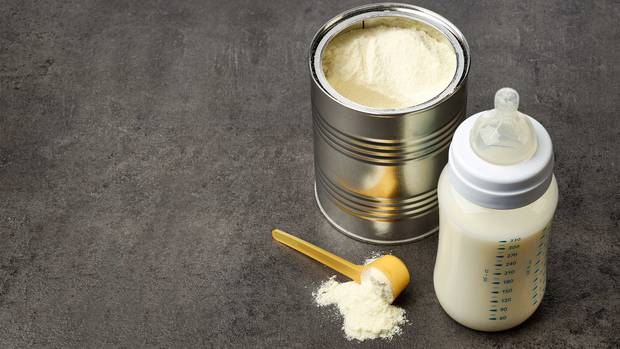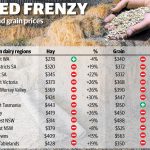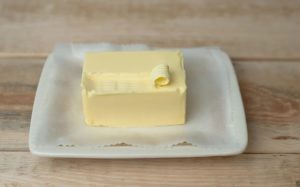
Exports rose 8.5 per cent to $5.8 billion on the year in May while imports rose 7.6 per cent to $5.5b. The May trade surplus was $264 million. The annual trade balance was a $5.49b deficit versus a revised $5.56 billion deficit for the 12 months through April. It was $3.7b in the year ended May 2018.
Economists polled by Bloomberg had expected a surplus of $200m in May and an annual trade deficit of $5.5b.
Dairy products led the rise in exports. They reached $1.3b in May, up 15 per cent from the same month a year earlier.
The rise was led by milk powder, up $155m on a year earlier. It was quantity-led but unit values also rose, up 3.9 per cent on May 2018. In contrast, milk fats including butter fell $58m.
“The rise in dairy export values in recent months mainly reflects greater quantities,” international trade analyst Dave Adair said.
Preparations of milk, cereals, flour, and starch rose 41 per cent to $247m. This commodity group includes infant formula.
Fruit exports rose 8.8 per cent to $651m, led by gold kiwifruit. Fish, crustaceans, and molluscs rose 35 per cent to $189m.
On the import side, crude oil imports lifted $363m to $438m. Stats NZ noted that in May 2018 there was a planned maintenance shutdown of the Marsden Point oil refinery so crude oil imports were unusually low.
Imports of ships, boats and floating structures and aircraft and parts also lifted.
In terms of New Zealand’s two largest trading partners, exports to China continued to storm higher, lifting 29.1 per cent on the year in May and 22.1 per cent in the 12 months to the end of May versus the same period a year earlier. Exports to China were led by increases in milk powder, beef, food preparations and logs.
Exports to Australia, meanwhile, dipped 2.4 per cent on the year in May and 0.6 per cent in the 12 months to the end of May.
Imports from China also continued to gain, lifting 5.1 per cent on the year in May and 15 per cent in the 12-month period versus the same period a year earlier.

























